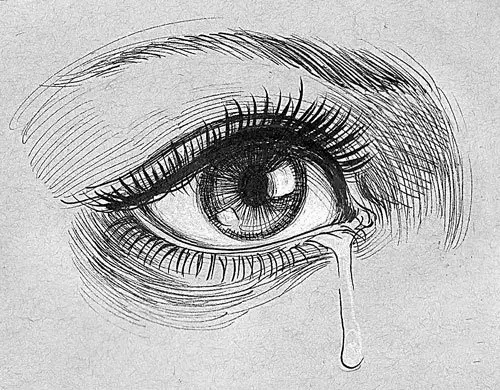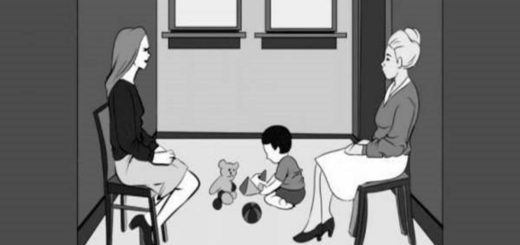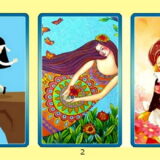How Much do you Know About Your Tears? Find Out with This Test

A simple and quick test to know how much we know about our tears. Whether they are of joy, of anger or related to stress, we accompany us throughout our lives.
Why do we continue to shed tears even when we grow up? Why do we feel more relaxed after crying? It is a question of hormones, but also of natural instinct. Tears are part of our life, even when we could communicate in other ways.
There are so many curiosities related to crying, how many do you know? Find out with this test and depending on the result you can cry tears of joy and/or anger!

Begin test
Do men and women cry differently?
- True
- False
Answer: True. According to Beth Ann Diktoff, author of ‘Why Don’t Your Eyelashes Grow? Curious Questions Kids Ask About the Human Body ‘, women cry differently than men, or their cheeks are completely flooded with tears. Men are more content.
How many tears do we produce each year?
- Less than a liter
- About 40 liters
- About 120 liters
Answer: 120 liters. And yes, we cry a lot, according to a 2011 study published in the Journal of Research in Personality.
Recommended: What Psychic Ability Do You Possess Based On The Colors You’re Drawn To?
Are the tears all the same?
- True
- False
Answer: False. In reality, it is known that there are three types of tears: emotional ones, which we shed when we are sad, moved, happy or angry; those of reflex, which we pour in response to an external irritant stimulus and the basal ones, which keep the eye moistened and healthy.

Some tears are always in our eyes
- True
- False
Answer: True. Basal tears are always in our eyes and according to the American Academy of Ophthalmology, they are intended to moisten the eye keeping it healthy.
Basal tears may depend on:
- Powder
- Smoke
- Wind
- All previous answers
Answer: All previous answers. Both dust and smoke and wind can affect the basal tears that work to protect the eyes.
Are emotional tears different than basal or reflex tears?
- True
- False
Answer: True. Emotional tears release some hormones, which is why, after crying, he feels even calmer.
What could you avoid making us cry while peeling the onion?
- Peel it under running water
- Use a fan to blow the smell away
- Cool the onion before cutting it
- All the above
Answer: All the above. While cutting an onion an enzyme is released which is perceived as harmful by the eyes. This is why basal tears are activated to protect the eyes.
Do crocodile tears really exist?
- True
- False
Answer: True. Many times we have heard the expression ‘crocodile tears’, according to the legend that after devouring the prey the crocodiles, they cry. In reality, according to scholars, crocodiles always have shiny eyes because they spend so much time in the water and need lubrication.
Babies all cry the same way
- True
- False
Answer: True. The parents know it well, that shrill, intermittent cry, which is common to all newborns. According to the author Tom Lutz at every age, there is a different sound and he tells it in Crying: The Natural and Cultural History of Tears.
Women cry more than men and for longer periods
- True
- False
Answer: True. Women weep between 30 and 64 times a year, unlike men who do it 6 to 17 times. Women cry for at least six minutes, men at most four. All according to a study by the German Society of Ophthalmology.
Recommended: Which Part of the Body is Most Important to Survive? Your Answer Hides What You Should Change in Life
If you put a child who doesn’t cry next to one who does, usually what happens?
- The quiet child starts to cry
- The crying child stops
Answer: The quiet child starts to cry. For a moment everyone hoped it was the second option, but unfortunately, it’s the first. In his book ‘Empathy and moral development’, Martin L. Hoffman says that children show empathy.
Girls cry like boys up to a certain age, which one?
- Up to 5 years
- Until adolescence
- Before adulthood
Answer: Until adolescence. The adolescent ugly beast that does not look at sex. Hormones change for everyone and we cry the same way.


















